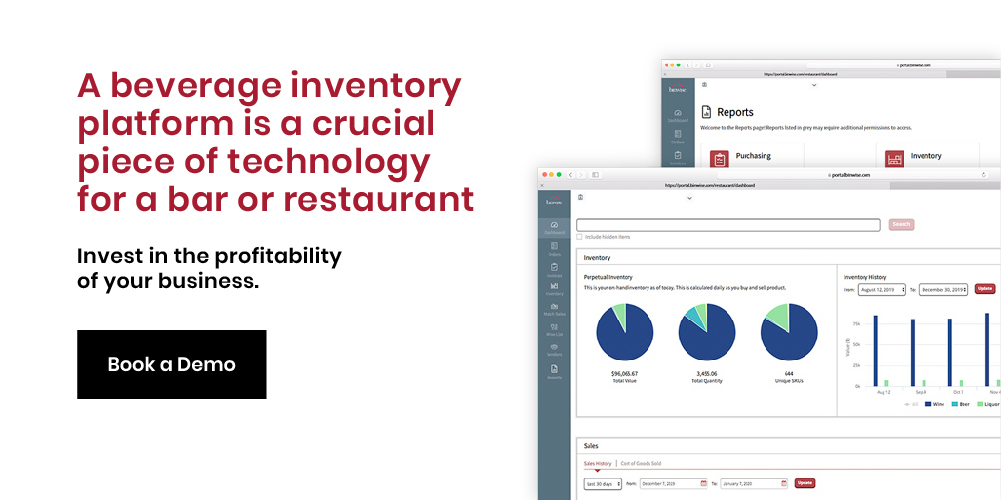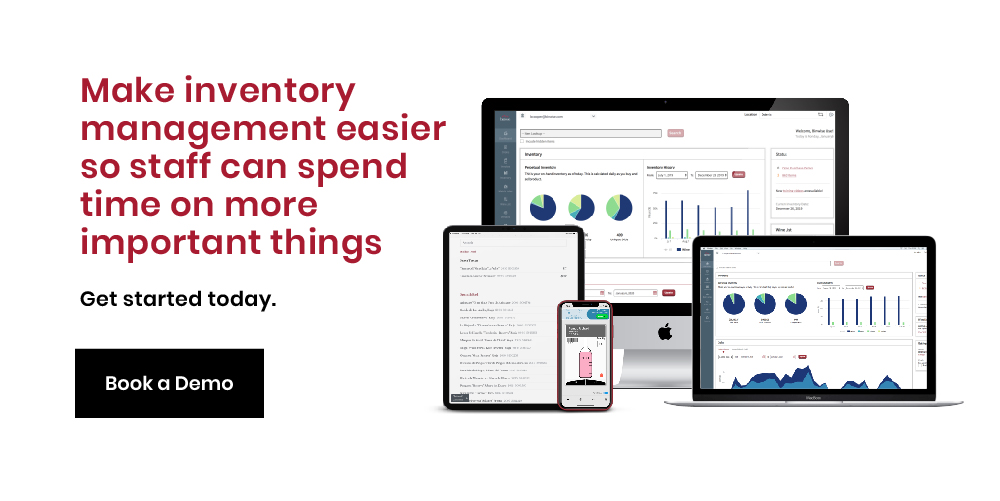Craft brews have been the rage for the past few years. There are great craft beer and food combos that people greatly enjoy during the Superbowl, the 4th of July, Halloween, and any other occasion that calls for a cold one. Craft beers have many unique flavor profiles and because of the small batches they are made in, they feel extraordinary and exclusive.
We can also say the same about other craft beverages like craft vodka, craft gin, and craft whiskey. They are unique and exclusive and can make any beverage menu or classic cocktail better! That’s why if you work in the hospitality industry and run a bar or restaurant, you need to learn more about the craft beverages movement. Now it’s the right time to jump on this bandwagon!
To help you understand better the movement and what kinds of craft beverages you can get for your business, we have broken everything down. Below, you will find the information you need that will help you make these important decisions and stay on top of the adult beverage trends!

How the Craft Beverages Movement Came to Be
The craft beverage movement began in the late 20th century, which was a response to the many mass-produced drinks. The craft drinks are produced on a smaller scale using artisanal methods, and high-quality ingredients.
Craft beer was one of the first craft beverages and was mostly made by homebrewers and small breweries, especially in the USA. Over time, the craft beverage movement expanded and now it includes craft spirits, craft ciders, and even wine.
Origins of the Craft Beverages Movement
As already mentioned, the movement began with beer and then expanded to include other beverages. It all happened many years ago and it's only gaining traction since then with various types of beer and different types of alcohol. Here is how this all happened:
- Craft Beer Revolution (1970s-1980s) - The movement started in Europe and the United States, as the small breweries and homebrewers pushed against mass production. Back then, producers like Sierra Nevada and Anchor Brewing helped change the definition of quality beer.
- Craft Cider and Spirits (2000s) - With the craft beer movement, the appreciation for artisanal production methods grew tremendously. This is why in the 2000s, craft distilleries and cider-makers gained traction. This movement paralleled the growth of farm-to-table trends and local food production.
Key Takeaway: Craft beers have been around for over 50 years, while craft spirits are relatively new with their rise in the early 2000s. However, both beers and spirits made in smaller distilleries or breweries are gaining popularity due to their unique flavor profiles, sustainable production practices, and high-quality ingredients. This trend is here to stay and grow, so business owners in the hospitality industry need to upgrade their beverage menus accordingly.
What Made Craft Beverages So Popular?
Craft beverages are growing in popularity each year, especially after the COVID-19 pandemic when people started looking more into the ingredients of all they consume and started looking for better alternatives. Here are the main reasons why craft beverages are here to stay and will probably continue to grow in popularity:
- Flavors and Quality - Craft drinks are made with quality, locally-sourced ingredients and that’s why they all have unique flavor profiles. Sourcing local ingredients also means helping the economy in the region and reducing the environmental footprint, which is something that modern consumers highly appreciate.
- Sustainability - Many producers in the craft beverages industry focus on applying sustainability practices, which is again, something that the consumers today value.
- Community and Storytelling - The craft beverages movement thrives on the appeal of supporting small, local businesses that share the unique story behind the drinks they produce.
The connection breweries make with their customers and the stories they tell about the ingredients and their production are major factors in the success of this movement. People trust craft brewers more and are more likely to spend their money on something they know more about.

What’s Next in the World of Craft Beverages?
So where is this whole movement headed? Do we expect it to grow more, die out, or stay still? Let’s see what we believe to be coming for the craft beverages and the people who love them most:
- Diversification - The craft beverage industry will continue to diversify and will move towards other trends. For example, we expect to see a lot more craft cocktails, non-alcoholic craft beverages, and CBD-infused drinks. Some of them are already gaining popularity and that will only go upwards in the upcoming years.
- Expansion of Craft Spirits - Spirits like whiskey, vodka, rum, and gin are becoming the focal points of artisanal distilleries, with innovation in barrel aging and local botanicals. We can expect more unique spirits coming up.
- International Growth - Currently the trend of craft beverages is mostly growing in Europe and North America, but we expect the growth to be global in the next few years. Now that craft breweries, wineries, and distilleries are popping up in Africa, Asia, and South America, the movement will gain more traction.
- Focus on Health and Wellness - The increasing demand for low-alcohol and alcohol-free drinks (for eg. craft soda and kombucha) is reflecting the shift towards health-conscious consumption that is only going to grow. The trend of looking for healthier alternatives has been around for over four years, and we expect people to keep riding that wave.
In conclusion, we can confidently say that the craft beverages movement is likely to continue growing not only in the United States but all over the world. New trends and sustainable practices are about to emerge, the offerings will become more diverse, and the focus will remain on creativity. That’s why you, as a restaurant or bar owner, must keep looking for local distilleries and wineries and work with experienced mixologists. Offering unique and high-quality beverages will tremendously improve the success of your business!

Frequently Asked Questions about Craft Beverages
If you want to learn more about the craft beverages movement, read the answers to these common questions we have included below!
What Distinguishes Craft Beverages from Mass-Produced Ones?
Craft beverages emphasize small-scale production, local sourcing, and innovation in flavors. Mass-produced drinks focus on efficiency and uniformity, often sacrificing the artisanal qualities of the beverage.
Are Craft Beverages More Expensive?
Typically craft beverages are more expensive than mass-produced ones. The higher price is due to the use of premium ingredients, smaller production runs, and the labor-intensive process involved.
Are Craft Beverages Healthier?
Some craft drinks are considered to be healthier than their mass-produced counterparts due to the use of natural ingredients and minimal additives. However, they still contain alcohol and sugar, so they still need to be consumed in moderation.
How Do Craft Beverage Producers Maintain Consistency?
Craft brewers and producers often use precise measurements, traditional methods, and advanced distilling or brewing technology to maintain the quality, despite the size of the batch.
Where Can I Find Craft Beverages?
Craft beverages are available in specialty stores, farmers markets, craft distilleries or breweries, and online. Many bars and restaurants feature these drinks on their menus nowadays, too. If you own a bar or a restaurant, be sure to jump on the bandwagon now, as it will help you improve customer satisfaction.

.png)